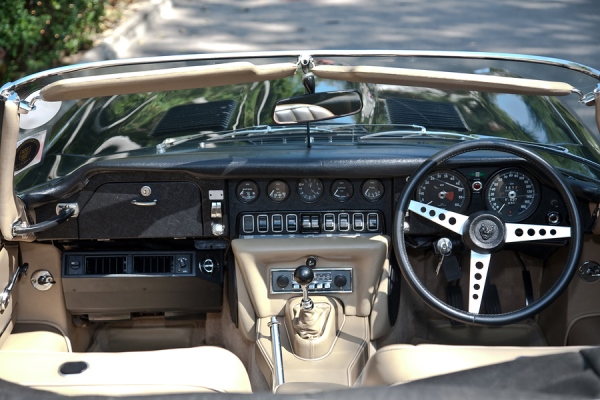Different Controls on Similar Equipment

In British Columbia an experienced tractor operator was constructing a road using a downhill bulldozing technique. About two hours later, he was found out of the tractor at the bottom of the slope. Also at the bottom of the slope was the tractor, lying on its side. The operator had been fatally crushed when the tractor traveled over him.
The evidence indicates that the operator was operating the tractor until the push arm that supports the bulldozer blade at the front of the tractor detached itself from the frame. The operator had to reattach the push arm before he could continue. Evidence also indicates that the operator got out of the tractor's cab without setting the parking brake. Why?
The rental tractor that the operator drove on the day of the accident was different from the tractor he usually drove. The control for the parking brake on the tractor that he usually drove is a lever, positioned so that it partially obstructs the cab's doorway. The control for the parking brake on the rental tractor was a mushroom-cap push rod, partially hidden under the left-hand console. It was not located where the operator was used to finding the control for the parking brake.
This accident for the British Columbia Worker's Compensation Board highlights a couple things. We as humans get used to things and when controls change and we are not accustomed to their position, we may forget or get in a hurry and just "skip it". If you've ever had a rental car and picked it up on a rainy night, sometimes it can take forever to try to find the headlights or the wiper controls . . . let alone try to figure out how to work the radio.
We may have to utilize equipment different then what we are used to. It is that much more important to take the time to learn the controls, learn how it moves, learn how it stops, and take the time to ensure your safety.